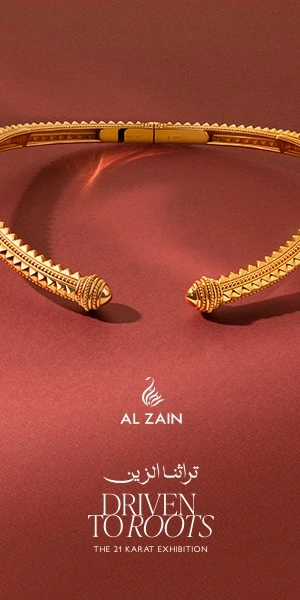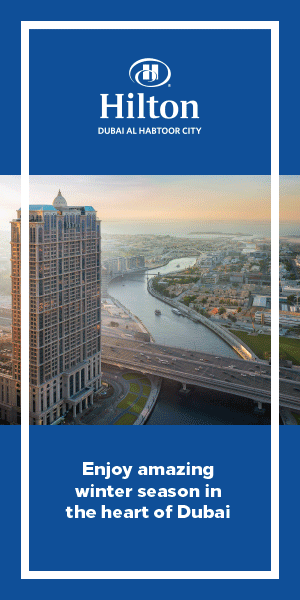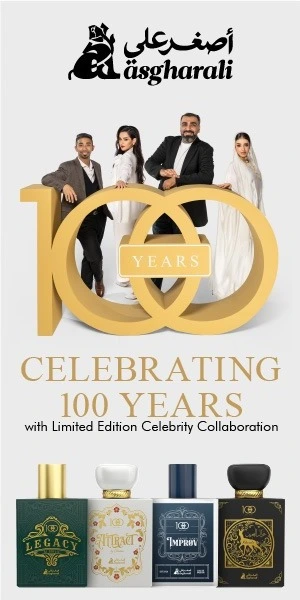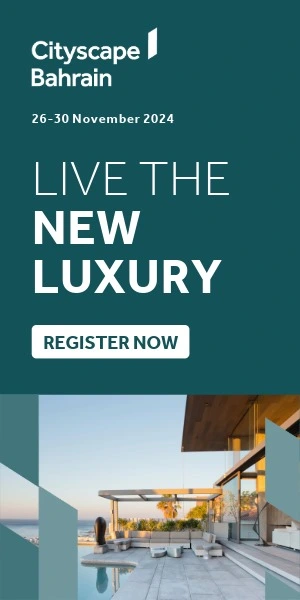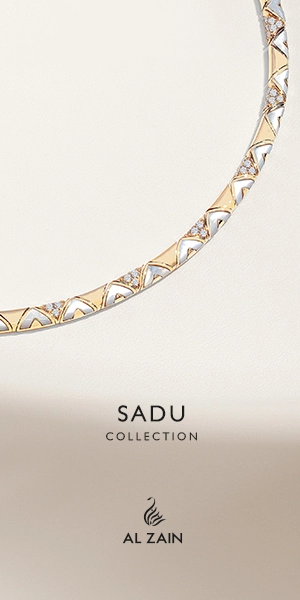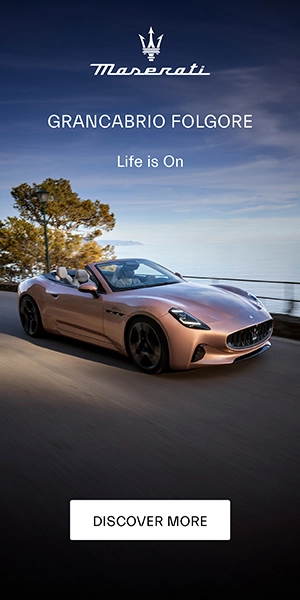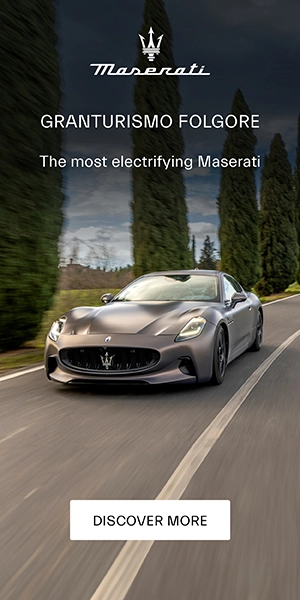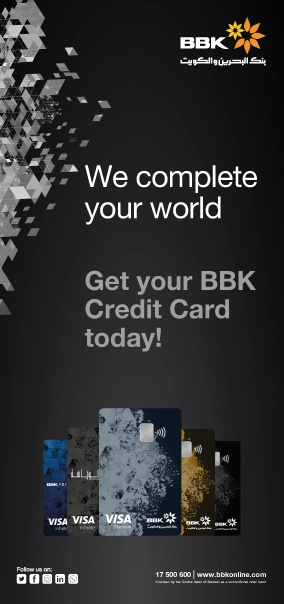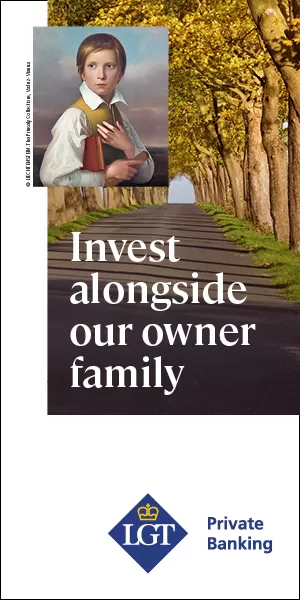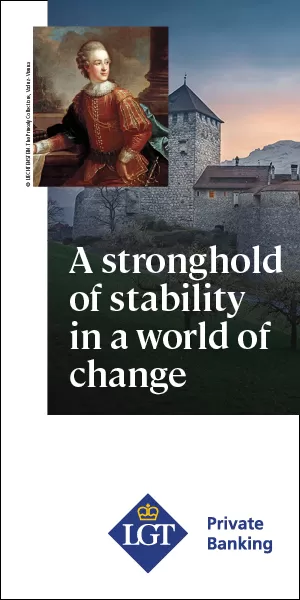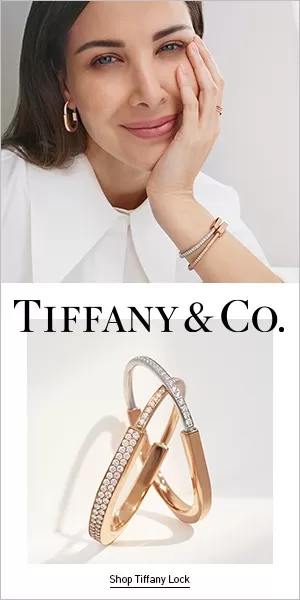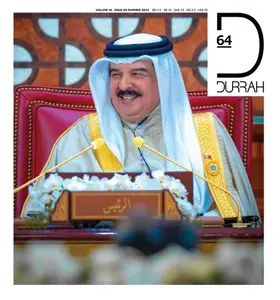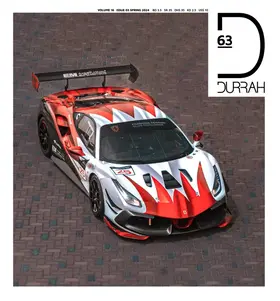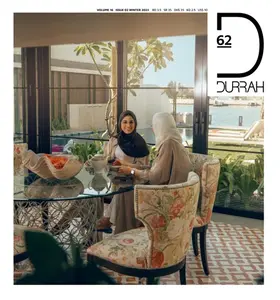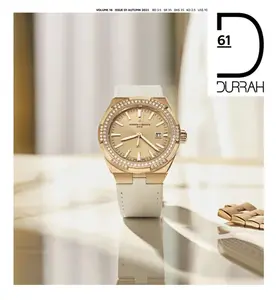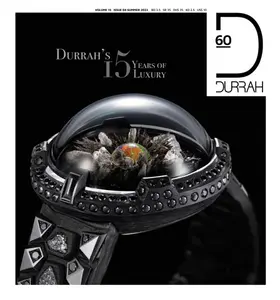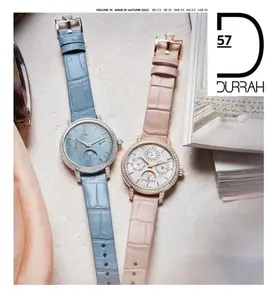CAN YOU SHARE YOUR JOURNEY AS AN ARTIST? HOW DID YOUR UPBRINGING IN IRAN INFLUENCE YOUR ARTISTIC EXPRESSION?
I’ve been passionate about painting since childhood. Growing up during the Iran-Iraq war, I initially drew war scenes. Later, I shifted to sketching football players. My middle school art teacher encouraged me, even though I was largely self- taught. At a young age, I attended art school, where I studied graphics, not knowing that painting was an available field of study. At 14, I had the fortune of meeting Master Rahim Nohse, a technical realist, who took me under his wing. My time with him was transformative-sitting in his studio, observing him paint, helped me improve quickly. I later attended the Faculty of Art and Architecture, where my interest in East Asian watercolor paintings, particularly Zen and Chinese art, grew, largely due to my Chinese heritage through my grandfather. Until 2009, I painted in a realistic style, but I then transitioned to a new technique, combining realism with East Asian influences, focusing on Sama, a theme that I worked on until 2023.
WHAT DREW YOU TO THE WORLD OF ART, AND HOW DID YOUR PASSION FOR SUFISM AND CALLIGRAPHY SHAPE YOUR ARTISTIC STYLE?
My deep interest in classical Iranian poetry and Sufism, especially the works of Rumi, influenced my artistic journey. The Sama dance, central to the teachings of Rumi, became a recurring theme in my work. I often pair my paintings with calligraphy, not just for its aesthetic appeal but to complement the message in Rumi’s poetry. My calligraphy often includes zikr (prayers), like “Ya Hayy” and “Ya Qayyum,” which Sufis recite during their gatherings.
HOW DOES SUFISM INFORM YOUR ART?
Sufism is a universal concept that takes different forms across cultures-Zen in Japan, for example, has its own version of this mysticism. In my Sama paintings, the essence of Sufism
is expressed through themes of liberation and meditation.
CALLIGRAPHY IS A SIGNIFICANT ASPECT OF YOUR WORK. HOW DID YOU DEVELOP YOUR SKILLS IN THIS TRADITIONAL ART FORM?
I’m not formally trained in calligraphy, but I’ve practiced it for years. My use of calligraphy is more for composition and expression than for adhering strictly to traditional techniques. It’s an integral part of how I convey the deeper meaning of my work.
AS AN ARTIST WITH MIXED HERITAGE, HOW HAS THIS DIVERSITY INFLUENCED YOUR PERSPECTIVE AND CREATIVE PROCESS?
I believe that art doesn’t become outdated; it evolves with the artist. My mixed heritage, particularly my Chinese roots, inspired my fascination with East Asian art, which I blend with Iranian traditions to create something unique. This diversity helps me craft a deeper, more nuanced message through my work.
HOW DO YOU INCORPORATE ELEMENTS OF YOUR IRANIAN ROOTS AND OTHER CULTURAL INFLUENCES INTO YOUR ART?
Post-Islamic Iran, particularly up to the 8th century Hijri, was a center for scholars, poets, and Sufis like Rumi and Hafez Shirazi. I draw inspiration from these rich traditions, especially from Iran’s beautiful cursive script, to create works that reflect both ancient and contemporary influences.
CAN YOU DISCUSS ANY SPECIFIC SYMBOLS FROM SUFISM THAT APPEAR IN YOUR ARTWORK?
Sufism doesn’t have many symbols, but the Sama attire-the robe and hat-often features in my paintings. These garments symbolize spiritual transformation and humility.
IN YOUR VIEW, HOW HAS THE ARAB ART SCENE EVOLVED IN RECENT YEARS?
The Arab world has immense potential for growth in the arts. Most of my international exhibitions have been in Arab countries like the UAE and Jordan. The Arab world’s financial investments in art, through auctions like Christie’s and fairs like the Abu Dhabi Art Fair, have helped the region become a prominent cultural hub. Despite political differences, the Middle East shares a deep cultural bond that could foster a powerful art movement.
HOW IMPORTANT IS COMMUNITY WITHIN THE ART WORLD FOR YOU?
Although I haven’t collaborated with other painters, I’ve worked closely with musicians and Sama dancers. For instance, I hosted two Sama performances, one of which was at the Australian Embassy in Tehran.
HOW DO YOU FEEL AUDIENCES PERCEIVE YOUR WORK?
Over the past 14 years, I’ve received positive feedback, especially from audiences in Europe and America. Many people resonate with my themes of Sufism, while others appreciate my technique and style.
WHAT ARE YOUR ASPIRATIONS FOR THE FUTURE OF YOUR ART?
I don’t have specific dreams in my artistic life, as dreams often remain unfulfilled. However, I hope to become a successful and well-known artist with a global audience. My goal is to connect with more people, artists, and cultures through my work. In 2023, I concluded my Sama painting project and am now focusing on abstract and Zen-inspired portraits and figure paintings.
WHAT ADVICE WOULD YOU GIVE TO YOUNG ARTISTS LOOKING TO MAKE THEIR MARK IN THE ART WORLD?
My advice to young artists is to focus on enjoying their craft and commit wholeheartedly to their development. The art world is fleeting, so instead of chasing fame, artists should mature their message and express it with authenticity. Lastly, put your heart into your work and let the art speak for itself.
Instagram: hosseinirandoustmoghadam


































